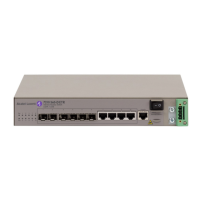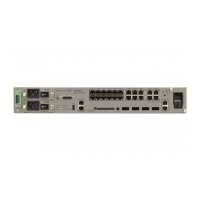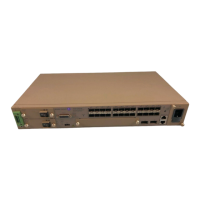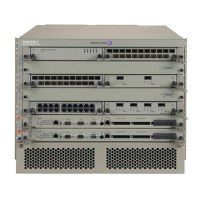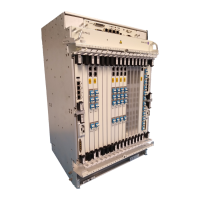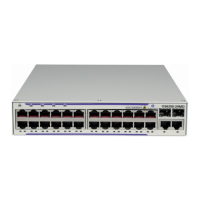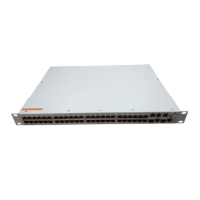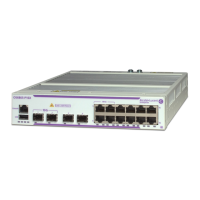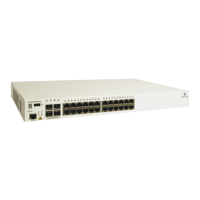MPLS and RSVP
7210 SAS M, T, X, R6, Mxp MPLS Configuration Guide Page 81
Router Interface
At least one router interface and one system interface must be defined in the
config>router>interface context in order to configure MPLS on an interface.
Choosing the Signaling Protocol
If only static label switched paths are used in your configurations, then you must manually
define the paths through the MPLS network. Label mappings and actions configured at each
hop must be specified. You do not need to enable RSVP if you are configuring static LSPs.
If dynamic LSP signaling is implemented in your network, then RSVP must be specified.
Enable signaling protocols only on the links where the functionality is required.
In order to implement MPLS, the following entities must be enabled:
• MPLS must be enabled on all routers that are part of an LSP.
• RSVP must be enabled on the same routers.
When MPLS is enabled and either RSVP is also enabled, MPLS uses RSVP to set up the
configured LSPs. For example, when you configure an LSP with both MPLS and RSVP
running, RSVP initiates a session for the LSP. RSVP uses the local router as the RSVP session
sender and the LSP destination as the RSVP session receiver. When the RSVP session is
created, the LSP is set up on the path created by the session. If the session is not successfully
created, RSVP notifies MPLS; MPLS can then either initiate backup paths or retry the initial
path.
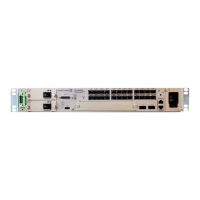
